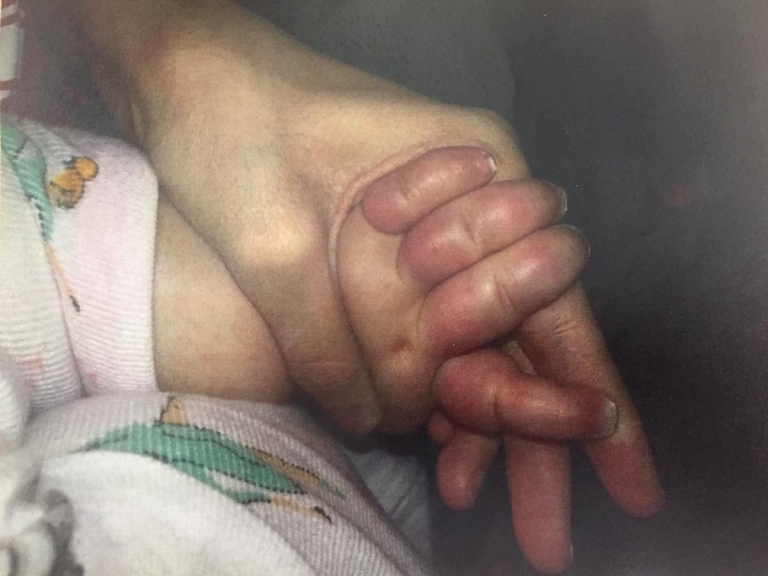1/21/19 blog post
seven tips for playing safe in winter

winter weather - not single digit temperatures
The arctic blast that brought us snow and freezing rain is also bringing some truly numbing temperatures with it. While the snow may be calling your kids to come and play, sub-zero and single digit temperatures are not safe for kids to be out in, even for short periods of time.
“When temperatures reach 10 degrees or below, parents should really keep their children inside,” says Lisa Schwing, RN, trauma program manager. “It’s rare that we say don’t go outside and play, but in these sorts of single digit, or even negative degrees events, just a few minutes outside can put a child at risk.”
Thankfully the sub-zero cold isn’t expected to last long. When temperatures return to winter norms, follow these simple tips to protect your child from the cold.
- Dress your child in multiple layers. Add extra warmth with insulated boots and double up on socks and mittens. Avoid cotton clothing, and instead stick with wool or other fabrics to trap in heat for inner layers. Waterproof pants and jackets are a great top layer.
- Keep their clothes dry. Wet, cold clothing puts your child at risk for hypothermia. Change their socks and mittens when they are wet.
- Give your child a snack before going outside. This will give your child energy and body heat while playing in the cold weather.
- Cover at-risk areas. Make sure that your child has their ears, cheeks, fingers and toes covered. These body regions are the most susceptible to frostbite.
- Have your child wear a hat. Most of the body’s heat escapes through the head. This also helps cover your child’s ears.
- Dress your child in bright-colored clothing. Especially in deep snow, this is a good precautionary step to take so your child can be seen among snow drifts.
- Check on your child every 15 to 20 minutes. Check to make sure your child isn’t too cold and doesn’t have any wet clothing on. Bring your child in for breaks periodically to have them warm up and change into dry clothing.
“Along with these preventative steps, make sure to know the signs of hypothermia and frostbite,” says Lisa Schwing, RN, trauma program coordinator at Dayton Children’s. “Frostbite is characterized by numb fingers, ears and noses and can eventually lead to redness and pain. The skin can sometimes feel hard and look waxy.”
Also, be on the lookout for hypothermia, which is a dangerous decrease in body temperature. This can affect brain and muscle functions. These conditions need immediate emergency medical attention.
If your child does experience any of these, take immediate steps to treat areas affected by the cold:
- Replace wet clothing on child with warm, dry clothes.
- Soak the area in warm, not hot, water that is 104 to 108 degrees until they can feel sensation.
- Avoid rubbing the area, which could cause tissue damage.
- Cover the area loosely with a non-stick, sterile dressing or dry blanket.
- Don’t warm the area by a fire or space heater since this could cause burns.
- Have your child drink warm beverages, such as hot cocoa, tea or milk.
If the child’s skin looks discolored or the child has lost sensation, call 911 or go to your nearest emergency department immediately.

